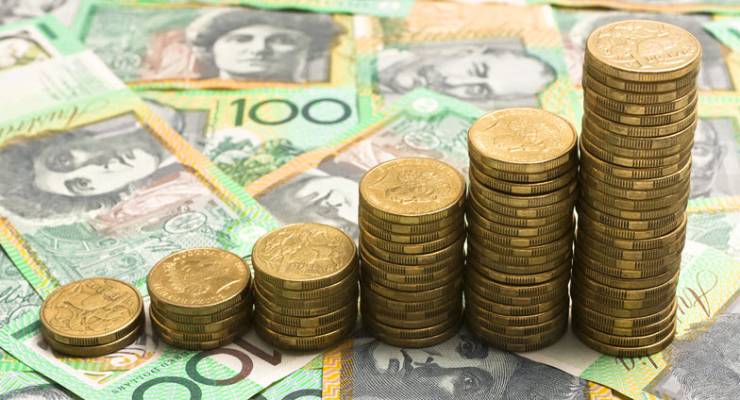
The 2019-20 budget forecasts unemployment at 5% for this financial year and the next two. Which seems quite good and very stable. But can you believe it? It forecasts GDP growth of 2.25% this financial year and 2.75% in the next two. Modest but steady. But should you trust that forecasts either?
The Morrison government is proudly “back in black”. The 2019-20 budget projects spending less than it takes in revenue. So far so good. But where AC/DC turned up the amplitude, Treasurer Josh Frydenberg plays the song pianissimo. The surpluses in this budget are whisper quiet. They line up over the next seven years without ever reaching more than 1% of GDP.
A surplus so delicately balanced is one that could easily backslide into the red. Such a narrow margin leaves scant room for economic swings and Frydenberg’s surpluses are fragile wisps of possibility. A far cry from the hefty beasts mustered by former treasurer Peter Costello in days of yore.
And the reason for the diminutive status of these surpluses is that the economic environment is extremely uncertain. This budget was crafted in atmosphere of swirling doubt about the future of the Australian economy. The spectre of a recession stalks America and house price falls continue to undermine Australian household budgets. The one area in which the budget admits to a great deterioration is in dwelling investment. It sees Australia spending much less on building houses.
A budget headline doesn’t come with an asterisk or a confidence interval. But it should. Buried deep in the back of the budget papers are Treasury’s confessions — gathered under the heading “Forecasting Performance and Scenario Analysis”. The truth is that forecasts miss — especially forecasts of GDP before you adjust for inflation — what they call “nominal GDP”. And it is nominal GDP that helps the government increase its revenue.
There are many economic events — domestic and global — that could change to blow the budget off course. A mere $10 fall in the price per tonne of iron ore below Treasury’s assumptions would cut tax receipts by $3.7 billion and halve the surplus next year. With China’s economy sputtering, such an outcome is not unforeseeable.
Household consumption is another big risk. With house prices in free fall, it is very possible Australians could get nervous about spending and the ensuing lack of custom for business could exacerbate our economic problems. If consumption is just 1% lower than the budget assumes, the total tax take will be lower by $3 billion. That would deliver a flying kick to Frydenberg’s skinny surpluses.
The text of the budget acknowledges doubt. It mentions Brexit. It acknowledges the chance of drought and flood. It raises the twin key questions of commodity prices and household consumption. But the forecasts that underpin the revenue estimates are mostly stoic and stable. Unemployment at 5% — which is, of course, its current level — for more than the next two years. The one thing we can say with true confidence is that such stability is highly unlikely.








Subject to national and global expectations it’s probable that next year’s surplus of $7.1b possible.Thereafter, roulette applies. The further out one believes the wheel is covered; the more exposed become. What really troubles is growing deficit. Again global uncertainties, including climate; now far from predictable?
But most of all . . . on their track record thus far; why would we expect anything other than continuing chaos, neglect and ongoing rejecting of basic governance accountability, transparency?
Actually, the budget doesn’t and cannot say much about the economy. It is based on projections made by treasury. These are based on models constructed according to “mainstream macroeconomics”, which is getting more discredited by the day. It failed to predict or even give a hint of the previous recessions and financial crises, but refuses to agree that there is anything missing. What is missing is any consideration of money creation by banks and the role of financial identities, which determine the final fiscal balance, which is endogenous. All talk of treasurers “delivering a surplus” is just bogus nonsense promoted by the neoliberals. If you fall for it, you are one of the gullible bamboozled millions, who are cleverly misinformed to vote against their own interests.